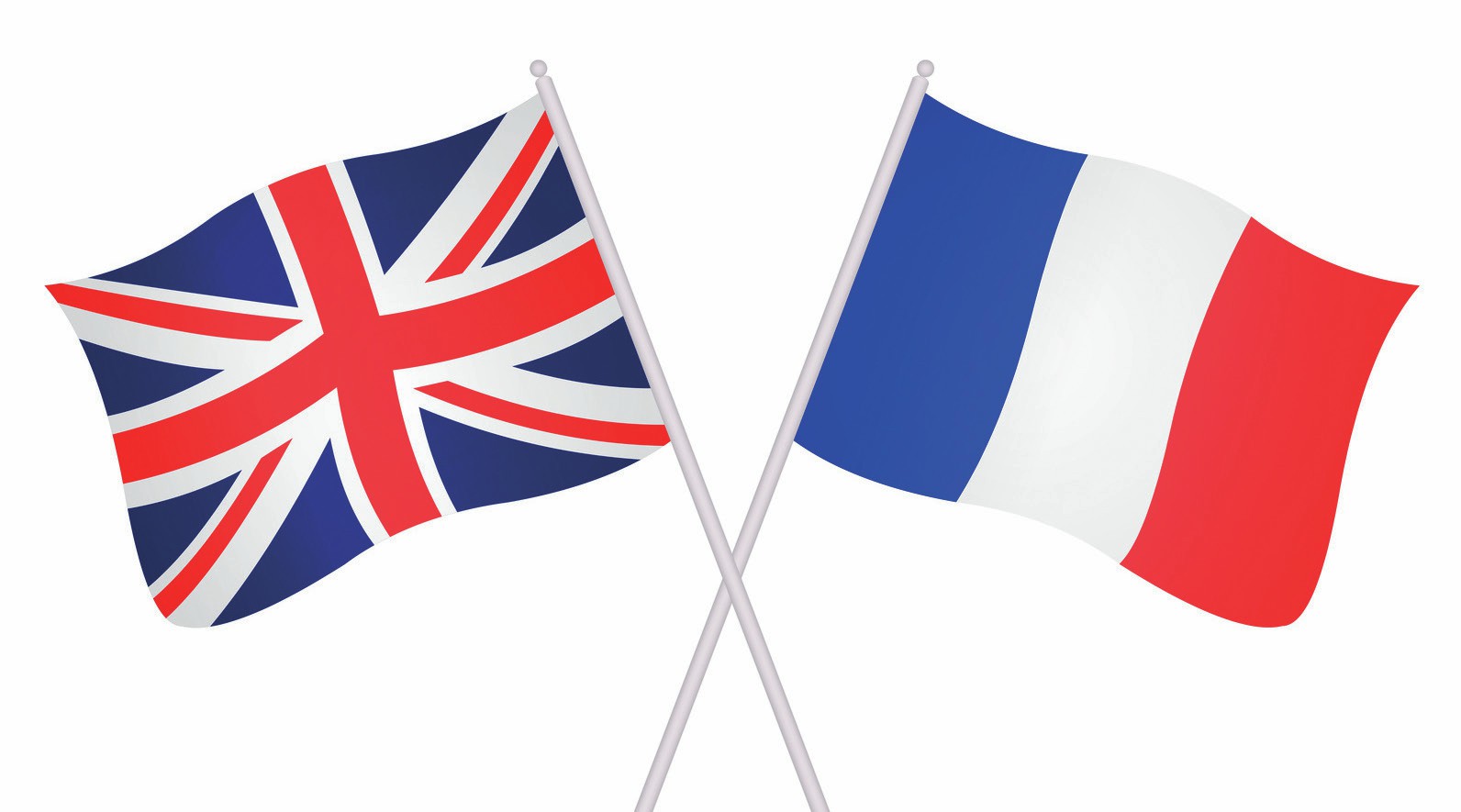
In the medieval and early modern periods, political power in France and England was dynastic in nature. Powerful ruling families sought to expand their territorial possessions through war and marriage. When King Edward of England died in 1066, a war broke out between two claimants to the throne, Harold Godwinson, Earl of Wessex, and Duke William in Normandy. The Battle of Hastings that year saw the victory of William and the Normans. Nearly a century later, when one of William’s heirs, Henry II, married Eleanor of Aquitaine in 1154, the two brought together lands stretching from England and eastern Ireland to the Pyrenees.
When the ruling French Capetian family line ran out in the early fourteenth century, the Valois family assumed the French throne. However, Edward III of England, a member of the Plantagenet family, believed himself to be the rightful heir through his mother’s line. The Salic Law in France, however, denied royal succession through the line of women. The result was the start of what would become the Hundred Years War. Despite early victories, by 1453 the Plantagenets had lost all their French territory, aside from the northern port city of Calais, which was finally lost in 1558.
Your organisation does not have access to this article.
Sign up today to give your students the edge they need to achieve their best grades with subject expertise
Subscribe




